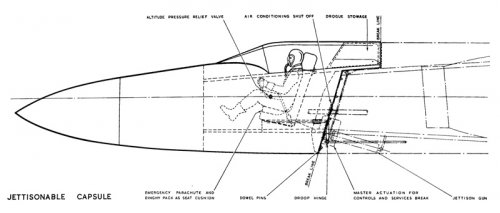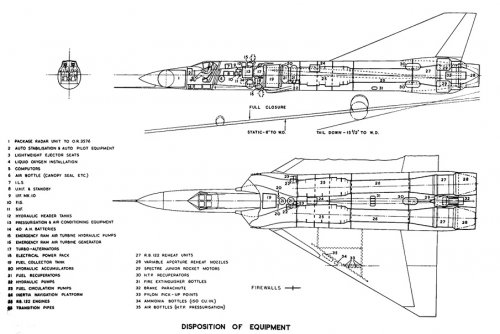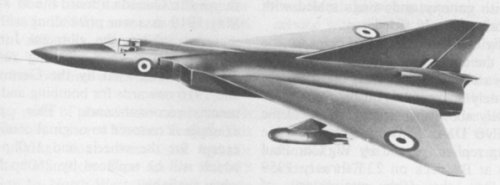- Joined
- 27 December 2005
- Messages
- 17,712
- Reaction score
- 26,174
Some nice drawings from the brochure
Attachments
-
 Fairey-F155T-1.jpg144.9 KB · Views: 1,770
Fairey-F155T-1.jpg144.9 KB · Views: 1,770 -
 Fairey-F155T-8.jpg57.6 KB · Views: 662
Fairey-F155T-8.jpg57.6 KB · Views: 662 -
 Fairey-F155T-7.jpg83 KB · Views: 650
Fairey-F155T-7.jpg83 KB · Views: 650 -
 Fairey-F155T-6.jpg186.4 KB · Views: 1,471
Fairey-F155T-6.jpg186.4 KB · Views: 1,471 -
 Fairey-F155T-5.jpg125 KB · Views: 1,558
Fairey-F155T-5.jpg125 KB · Views: 1,558 -
 Fairey-F155T-4.jpg76.4 KB · Views: 1,607
Fairey-F155T-4.jpg76.4 KB · Views: 1,607 -
 Fairey-F155T-3.jpg50.3 KB · Views: 1,461
Fairey-F155T-3.jpg50.3 KB · Views: 1,461 -
 Fairey-F155T-2.jpg40.8 KB · Views: 1,461
Fairey-F155T-2.jpg40.8 KB · Views: 1,461









